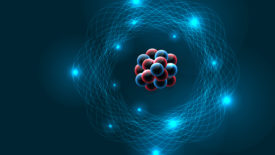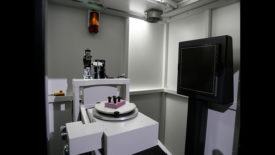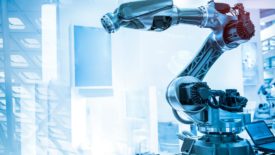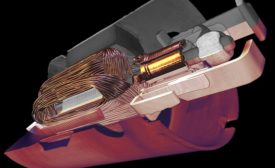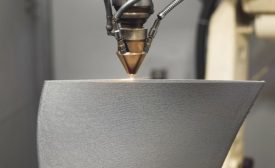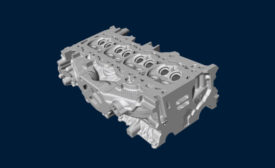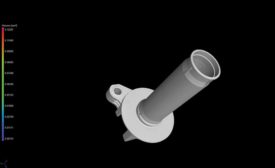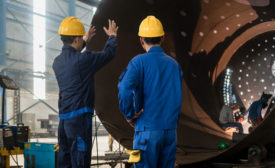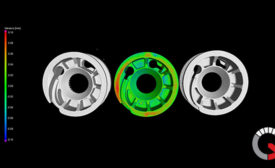Home » Keywords: » CT technology
Items Tagged with 'CT technology'
ARTICLES
NDT | Neutron CT
Unlike standard x-ray computed tomography, neutron CT offers unique capabilities for inspections that cannot be effectively performed using traditional methods.
Read More
NDT | Computed Tomography
Revolutionizing Manufacturing: The Growing Trends of Industrial CT Scanning
The adoption of industrial CT scanning has transformed product development, manufacturing, and delivery cycles across various industries.
May 15, 2024
NDT | Back 2 Basics
Robotic Computed Tomography Ready for NDE 4.0
Besides the automation of a CT system for NDE 4.0, it is very important to digitize the whole process for NDE.
August 8, 2022
Computed Tomography’s Role
Accelerating time to market and improving profitability
March 3, 2021
Additive Drives the Adoption of CT for Nondestructive Internal Inspection
CT provides unparalleled insight into a 3D structure, including its density at every point throughout its volume.
November 30, 2020
Understanding Accuracy for Computed Tomography
If you take time to understand these definitions, standards and testing methods, you’ll be able to determine the accuracy of CT in your specific application.
October 5, 2020
Sponsored Content
The Future is Now: The Impact of Industrial Computerized Tomography on the Castings Industry
October 18, 2019
Computed Tomography: A Look Inside
CT is paving the way and creating opportunities.
August 8, 2019
Third-Party Industrial Computed Tomography (CT) and Digital X-ray Inspection Services
Are they right for your business?
April 2, 2018
Computed Tomography Analysis Techniques
Industrial computed tomography cuts deep for applications beyond just porosity analysis.
April 2, 2018
Stay in the know with Quality’s comprehensive coverage of
the manufacturing and metrology industries.
eNewsletter | Website | eMagazine
JOIN TODAY!Copyright ©2025. All Rights Reserved BNP Media.
Design, CMS, Hosting & Web Development :: ePublishing
